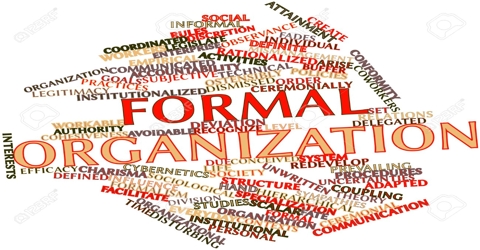In all organizations, employees are guided by rules and procedures. To enable smooth functioning of the enterprise, job description and rules and procedures related to work processes have to be laid down. This is done through the formal organization.
Formal organization refers to the organization structure which is designed by the management to accomplish a particular task. It specifies clearly the boundaries of authority and responsibility and there is a systematic coordination among the various activities to achieve organizational goals.
Advantages: Formal organization offers many advantages. Some of the important ones are:
(a) It is easier to fix responsibility since mutual relationships are clearly defined.
(b) There is no ambiguity in the role that each member has to play as duties are specified. This also helps in avoiding duplication of effort.
(c) Unity of command is maintained through an established chain of command.
(d) It leads to effective accomplishment of goals by providing a framework for the operations to be performed and ensuring that each employee knows the role he has to play.
(e) It provides stability to the organization. This is because behavior of employees can be fairly predicted since there are specific rules to guide them.
Disadvantages: The formal organization suffers from the following disadvantages:
(a) The formal communication may lead to procedural delays as the established chain of command has to be followed which increases the time taken for decision making.
(b) Poor organization practices may not provide adequate recognition to creative talent, since it does not allow any deviations from rigidly laid down polices.
(c) It is difficult to understand all human relationships in an enterprise as it places more emphasis on structure and work. Hence, the formal organization does not provide a complete picture of how an organization works.















